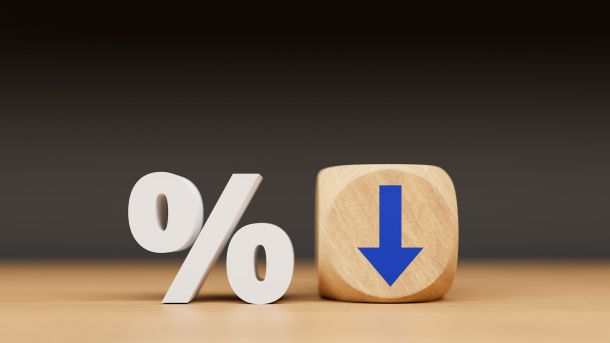
Mortgage advances and credit for fixed asset purchases are especially sensitive to interest rate changes. The 25-basis point reductions implemented in both November 2024 and January 2025 have not yet significantly increased property demand, with these two categories still experiencing constraints. Since September 2024, cumulative interest rates have been reduced by 150 basis points. The benefits of these lower rates are expected to become more pronounced later in 2025 as households and businesses show signs of recovering disposable income, supported by stable market sentiment and growing consumer confidence.
In March, instalment credit sales edged up by 0.7%, following a 0.6% increase in February, with an annual growth rate of 5.9% for March 2025. Over the past two years, consumers have increasingly relied on short-term credit to navigate financial pressures and rising living costs, evident in a 4.4% increase in loans and advances in March 2025, compared to a 4.0% rise in February.
Growth in property and fixed asset purchases remains modest, with mortgage advances increasing by just 3.5% in March 2025, indicating subdued activity. The slowdown in mortgage growth rates observed in late 2023 was influenced by rising interest rates in the property sector. However, the recent 50-basis point rate cut in January, along with earlier reductions, may stimulate demand for properties and fixed assets as household income stabilises and increases in the coming months, especially as positive inflation figures suggest further rate decreases in 2025. As lower interest rates enhance consumers’ disposable income, overall demand for goods and fixed assets is likely to rise as we approach the second quarter of 2025.





